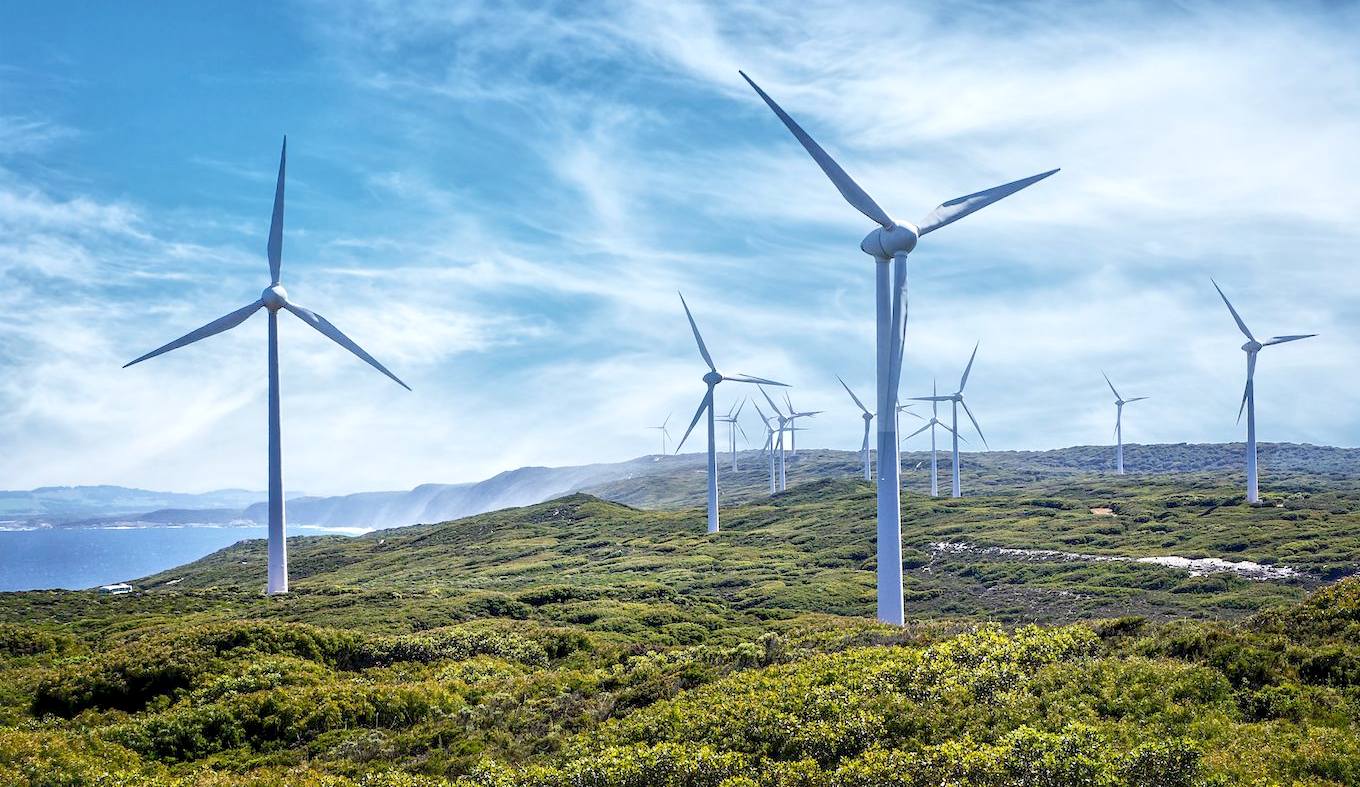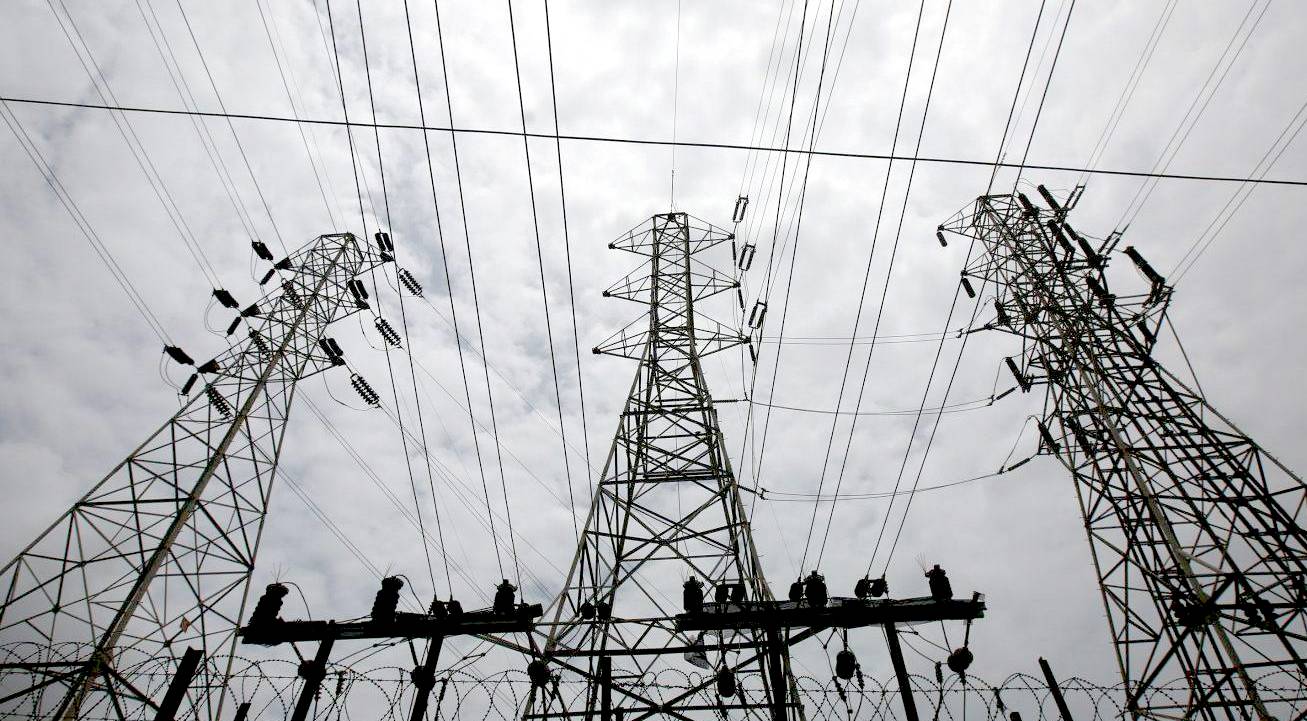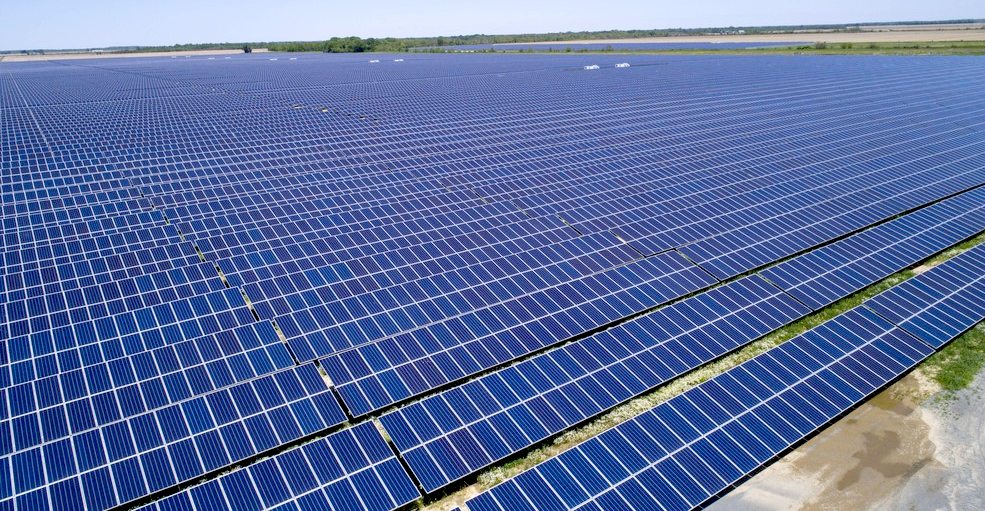|
NATIONAL GRID - INDIA
Please use our A-Z INDEX to navigate this site where page links may lead to other sites
|
||||||||||||||||||||||||||||||||||||||||||||||||||
FREE AS A BIRD - It is happening. Wind energy is providing bucket loads of power that will be more useful with the kind of load leveling that battery and green hydrogen storage can provide, to make better use of all that captured natural muscle. Windmills and sails had been working for mankind for hundreds of years before the discovery of electricity. These graceful machines can be located in isolated areas where winds are strong and reliable. Making allowance for storms, doldrums, and power blackouts, by design.
ABOUT NATIONAL ELECTRIC GRID & CENTRAL ELECTRICITY AUTHORITY
There
are 5 regional power grids in India, which were interconnected to establish their National Grid.
The National Grid is owned, operated, and maintained by state-owned Power Grid Corporation of India. It is one of the largest operational synchronous grids in the world with 360.78 GW of installed power generation capacity on 31 August 2019.
India's grid is connected as a wide area synchronous grid nominally running at 50 Hz. The permissible range of the frequency band is 49.95-50.05 Hz, effective 17 September 2012.
The Union Government regulates grid frequency by requiring States to pay more when they draw power at low frequencies. There are also synchronous interconnections to Bhutan, and asynchronous links with Bangladesh, Myanmar, and Nepal.
An undersea interconnection to Sri Lanka (India–Sri Lanka HVDC Interconnection) has also been proposed. A proposed interconnection between Myanmar and Thailand would facilitate the creation of a power pool and enable trading among all BIMSTEC nations.
THIRD LARGEST PRODUCER/CONSUMER
India is the world's third largest producer and third largest consumer of
electricity. The national electric grid in India has an installed capacity of 368.79 GW as of 31 December 2019. Renewable power plants, which also include large hydroelectric plants, constitute 34.86% of India's total installed capacity. During the 2018-19 fiscal year, the gross electricity generated by utilities in India was 1,372 TWh and the total electricity generation (utilities and non utilities) in the country was 1,547 TWh.
India's electricity sector is dominated by fossil fuels, in particular coal, which during the 2018-19 fiscal year produced about three-quarters of the country's electricity. The government is making efforts to increase investment in renewable energy. The government's National Electricity Plan of 2018 states that the country does not need more non-renewable power plants in the utility sector until 2027, with the commissioning of 50,025 MW coal-based power plants under construction and addition of 275,000 MW total renewable power capacity after the retirement of nearly 48,000 MW old coal-fired plants.
POWER GRID CORPORATION
The Power Grid Corporation of India Limited (POWERGRID), (NSE: POWERGRID, BSE: 532898) is an Indian state-owned Maharatna company headquartered in Gurugram, India and engaged mainly in Transmission of Power. POWERGRID transmits about 50% of the total power generated in India on its transmission network. Its former subsidiary company, Power System Operation Corporation Limited (POSOCO) handles power management for National Grid and all state transmission utilities.
POWERGRID also operates a telecom business under the name POWERTEL. Shri Kandikuppa Sreekant serves as the Chairman and Managing Director of the company.
But in 2022, they still have no solution to power cuts and blackouts, causing major disruption in the modern age of electricity - putting the lives of young, vulnerable and infirm at risk. Also raising the question of this company failing to meet Paris climate objectives aimed at Net Zero - where reliability is a key factor in reaching United Nations' Sustainability Development Goals. Especially SDG7 clean, affordable energy for all, and SDG17, partnerships, such as with automotive OEMs, where the supply of energy for transport is their responsibility, as much as motor manufacturers have a duty to provide zero emission vehicles (ZEVs) - meaning electrics, as a solution that has finally come of age. But where is the infrastructure to make this happen?
Power companies and automotive OEMs need to work together urgently, if they are going to stand any chance of catering for EVs by 2050. They have no chance at all at present levels of cooperation and forward planning - of meeting the targets set for 2030 by policy makers. They are far too comfortable, knowing they can give politicians the run around with manifold excuses from spin doctors - who are employed by climate deniers - to keep burning carcinogenic coal, diesel and petrol.
In the process, they are making their countries vulnerable to suppliers of energy who have grown wealthy enough from fossil fuel exports, to wage war in 2022.
According to Power-Technology.com, a website that provides market and customer insights in this sector, they listed these power companies (according to the 2018 Forbes calculation of net market capitalization, assets, sales and profit) as the biggest utilities:
Duke Energy Corporation, DUK, N. Carolina, USA Dominion Energy Inc., Richmond, Virginia Exelon Corporation EXC, Chicago, USA KEPCO Korean Electric Power Corporation National Electric Grid & Central Electricity Authority (India) National Energy Board (Canada) National Grid plc (formerly Central Electricity Generating Board UK) Next
Era Energy Inc. Florida, USA Southern Company, Atlanta, Alabama, Georgia, Mississippi, USA State Grid Corporation of China TEPCO Tokyo Electric Power Company
HIGH VOLTAGE - Every country uses high voltage cables to transmit electricity via a grid. mostly over ground using steel pylons. In the UK, OFGEM regulates development of such markets.
FROM SPACE EXPLORATION TO ZERO EMISSIONS - Developed to power satellites and spacecraft, the silicon solar panel is now a cost effective way of generating clean electricity. Ideal sites for the location of solar farms is land that cannot be used for farming, such as the deserts we have created.
CONTACTS
....
ENERGY GENERATING-DISTRIBUTION UTILITIES ARCHIVE 2015
EUROPEAN AUTO MANUFACTURERS:
- Audi - BMW - Citroen - Fiat - Ford - Lotus - Mercedes - Peugeot - Renault - Seat - Smart
MAKES OF ELECTRIC BUSES & COACHES
- BDY
MAKES OF ELECTRIC TRUCKS
- DAF - Renault - MAN - Volvo
LINKS & REFERENCE
https://ec.europa.eu/digital-single-market/en/fet-proactive https://www.power-technology.com/features/top-10-power-companies-in-the-world/
Please use our A-Z INDEX to navigate this site
|
||||||||||||||||||||||||||||||||||||||||||||||||||
|
This website is provided on a free basis as a public information service. copyright © Climate Change Trust 2022. Solar Studios, BN271RF, United Kingdom.
|


